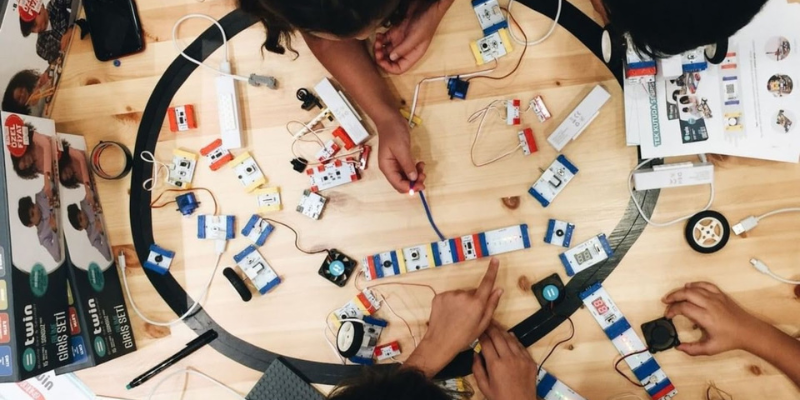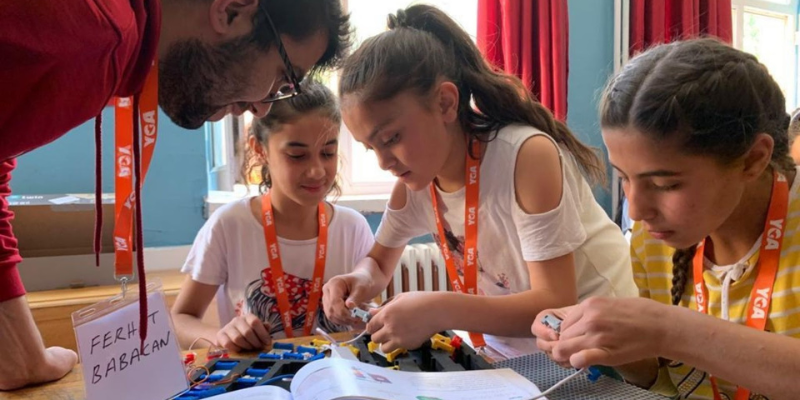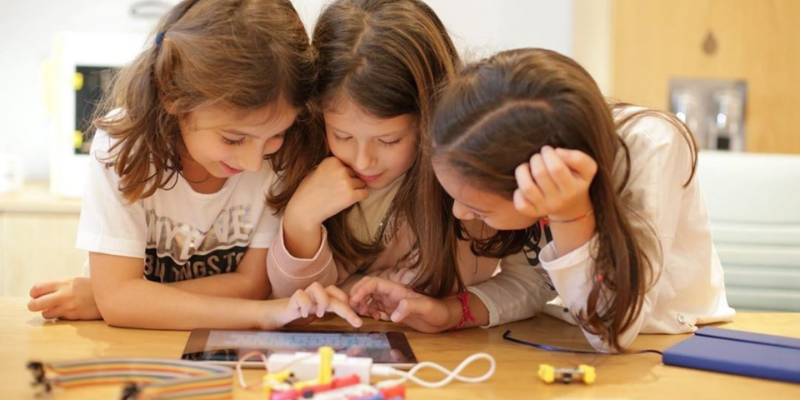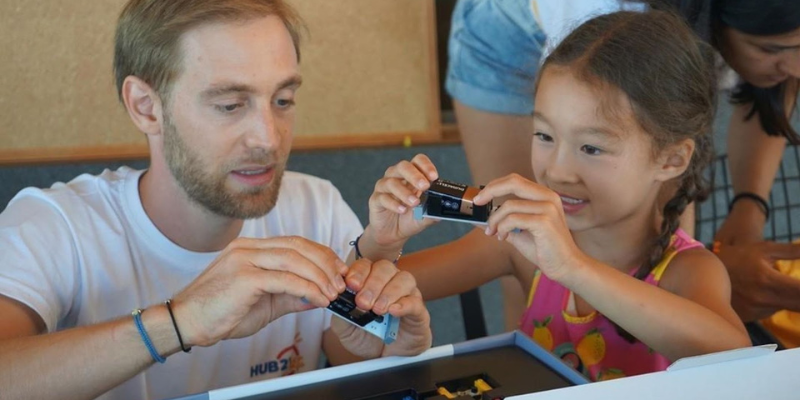The term STEM (Science, Technology, Engineering and Math) is progressively becoming an important fixture in education and the world economy. The reason for this is that the careers of the future will most certainly be centered around STEM fields, while also invoking 21st century skills such as critical thinking, creativity, cultural awareness, collaboration and problem-solving. When done well, STEM education complements the development of 21st century skills. Hence, many teachers are starting to integrate STEM in their lessons. But what are the benefits for kids? In this article, we talk about ten advantages of receiving a STEM education in child’s development.
1. Improves creativity
We’ve heard the saying “thinking outside of the box”, right? Well, creativity is truly the centerpiece of a STEM education. STEM students are encouraged to come up with unique ideas and to take on an interdisciplinary approach to solving complex issues.
2. Increases team collaboration
Often times in the real world and in the workplace, teams are required to solve and complete multifaceted problems. In light of this, STEM education prioritizes collaboration and teamwork in its syllabus to teach to kids the importance of communication and leadership towards achieving common goals.

3. Develops communication skills
Communication skills are perhaps the most important of all life skills. Having the ability to discuss and convey complex concepts to others while also learning from one another will be the key to achieving success in a child’s life as they grow up. Group activities in STEM promote sociable skills like active listening, open-mindedness, and open them up to giving and receiving constructive feedback.
4. Empowers critical thinking skills
The kind of material offered in a STEM education is focused on engaging kids in critical thinking. Critical thinking is the process of actively conceptualizing, applying, analyzing, and evaluating information through observation, experience, reflection, reasoning or communication. As such, students will be encouraged to answer questions or solve problems not based on memorization but based on actively engaging with the material to understand the issue at hand and solve it using logic. These kinds of situations better reflect what is expected of them in the workplace – experiencing situations like this early in their education will better prepare them for their futures.

5. Boosts curiosity
STEM is all about empowering kids to ask “why” and “how” questions. STEM will provide students the opportunity to explore their imaginations to come up with imaginative solutions. Curious students are invested in their education and are the driving force of innovation and discovery.
6. Improves cognitive skills
Cognitive skills are the brain-based skills that enhance thinking, reading and learning. Much like a muscle, it can be exercised and strengthened through training. When engaged in STEM subjects, students can develop and strengthen their cognitive skills and learn the basics of coding and engineering in primary schools. This approach will develop kids’ cognitive abilities and aid them in the speed and quality of their problem-solving skills.

7. Introduces STEM careers at early ages
Studies show that a majority of careers will be centered around STEM subjects or will have STEM components to them. By introducing STEM at an early stage of a child’s life, you are introducing them to a world of opportunities and nurturing the skills needed to succeed in the 21st-century.
8. Teaches how to take initiative
Learning is evolving into more of a fun activity. STEM gives curious students the skills to tackle problems confidently and facilitates a more positive feeling about learning, greater self-confidence in students, and diffuses negative biases that contribute to the growth of individuals who are curious, confident and take the initiative when dealing with challenges.

9. Enhances media literacy
Unlike other curriculums, STEM students learn by research and inquiry. Inquiry requires students to engage in active learning by generating their own driving questions and seeking out answers through reading and research. In this way, they can apply what they have learned to daily life.
10. Boosts social-emotional learning (SEL)
Social-emotional abilities bring about happiness and success in life. STEM education encourages children to improve their SEL skills before becoming active members of society. Aside from personal development, including SEL strategies in teaching empower students to learn more academically.

Twin is a complete educational program which makes learning playful, individual, and wholesome. Using any of our five kits, kids will learn about robotics, science, and technology like never before. They design, build and code with electronic modules to create an infinite number of projects.
Let’s Explore Twin STEM Kits!
David Mitchell 🖋️
STEM Specialist

